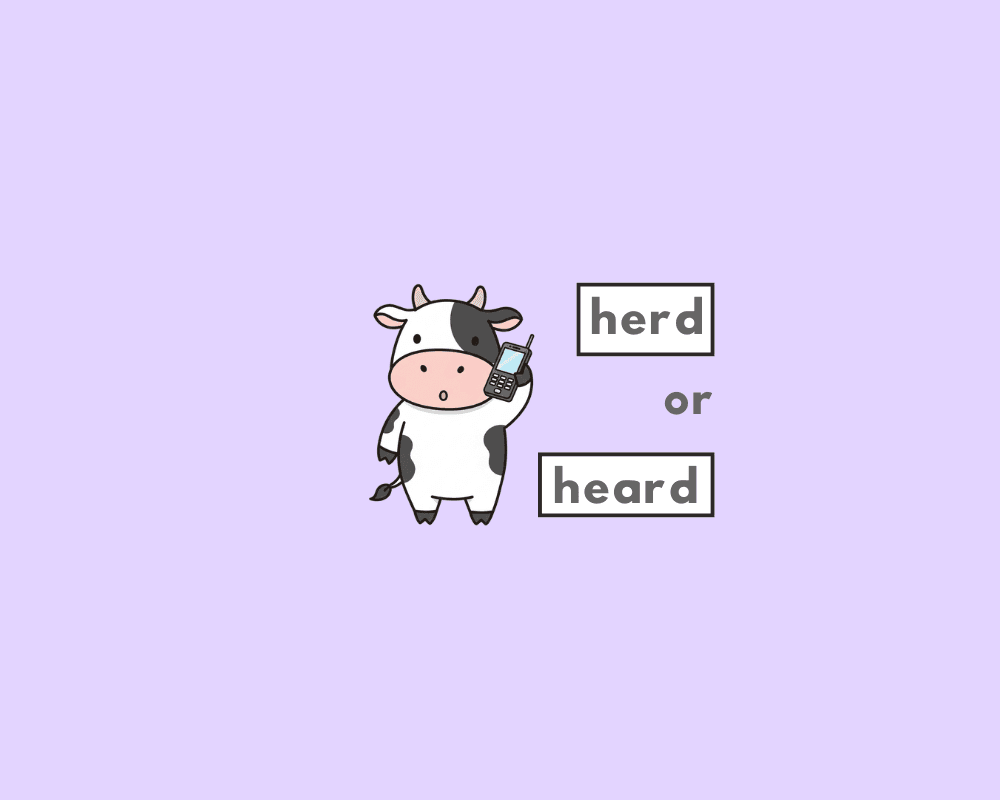To, too and two
If it’s a burden to use to, too and two correctly, then stick around for this lesson in grammar. It’s an important one for you to learn, and should only take a minute … or two.
When to use too vs. to
| Part of speech | Examples |
| too [adverb] | They didn’t seem too interested in hearing what we had to say. |
| to [preposition] | We went back to the original idea. |
| two [adj./quantity] | It’s two in the morning! Why are you awake? |
|
To is a preposition. |
|
Too is mostly used as an adverb meaning “besides” or “also”. In some contexts it can mean “excessively“, or to an excessive degree or extent; e.g., “the event was much too lavish for my taste“. |
|
Two is the number and quantity of having 1 + 1 = 2 (“Can I please have two minutes of silence?“) |
What are prepositions?
Think of prepositions as this magic invisible tape that makes sentences stick together and make sense. You don’t really notice them in speech or conversation, but they’re everywhere in English.
Prepositions do more than simply glue parts of sentences togethers, they can also transform into other parts of speech. We use prepositions to indicate place, time, direction, and sometimes abstract connections. They tend to be smaller words, though not always—take a look at some of the most common prepositions:
- in
- at
- on
- to
- over
- above
- below
- underneath
- beneath
- by
- next to
- near
- inside
Sentences with too vs. to
| “To“, used in sentences | “Too”, used in sentences |
|---|---|
| Let’s go to the mall.
He said he was going to the store. He’s generous to a fault. |
I’ll have the fish too.
I want to see the mountains and the ocean too. I am too tired to work today. |
More confusing words
Practice: To vs too
I want ______ go to the park.
She is coming ______.
The soup is ______ hot to eat.
He went ______ the store after work.
I ate ______ much candy.
FAQs
How is “too” used as an adverb?
+
What part of speech is “to”?
+
What is the numerical meaning of “two”?
+
“To” or “too” in “We went ___ the store”?
+
“Too” or “to” in “I’m ___ tired”?
+
Yash, D. "How to Use Too vs. To (Definition, Plus Examples)." Grammarflex, Sep 16, 2025, https://grammarflex.com/to-vs-too/.








